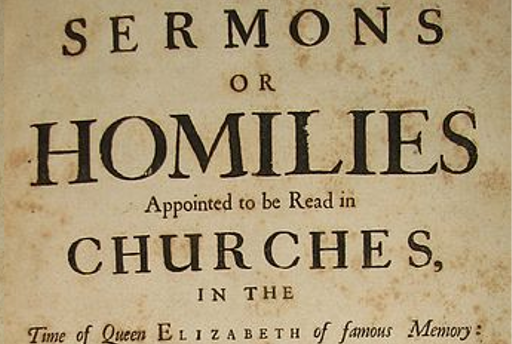A traditional view of the Bible: Jesus performed miracles. They are proof of His power and divinity. The ultimate such proof is His resurrection. The apostles then performed miracles of their own. They are proof of their authority.
Now additionally to this, each miracle recorded in the Gospels has its own story, and each of them has its own, distinctive nugget of wisdom for us. Arguably, the variation between these nuggets is not about Christ or His divinity (which would be established from the very first miracle). Still, we would be wrong to consider the miracles in the Gospels as nothing more than an anthology on human condition.
The core of each miracle is the mystery of the Incarnation; and it is magnified by those words, used to describe the entirety of the miracles: “that you may believe“.

Photo: Flickr user Al, reused under CC license
The traditional view, which I outlined at the start of this post, would be to say that what we are to believe is that Christ is, simply, God. Yet they also show Christ’s humanity. If your friend gets married and runs out of wine, wouldn’t you try and procure that wine for them? If you see a sick person and have it in your power to heal them, isn’t it the one thing you would want to do? And isn’t it the pinnacle of human condition to be overcome with grief or anger?
If all that the miracles were meant to prove was Christ’s divinity, well, then a few smitings would have done the trick. But this is not the only thing that they show. They show Christ displaying at the same time both divinity and humanity.
That we may believe then turns from a conversion power-trip to a statement of love. What we are to believe changes from factual information (that Christ is God) to deeply personal knowledge: that the divine meets the human in the person of Christ. And that is immensely beautiful.
This is the face our own evangelism should adorn. Not one that convinces others for the sake of “winning people over to Christ”. Not one that is simply grounded in the truth of the divinity of Christ; yet rather one that is grounded in the meeting place between His divinity and humanity; and thereby in a love for all that knows no bounds and no fear. This love cannot be ours to hold on to or to merely dispense. Showing love in evangelism is not merely being nice and caring to others, for this is but a pale image of the love of God. No, the love we display in evangelism needs to see us be mere tools, channels of Christ’s love for others.
Once we realise this, evangelism will, I’m sure, look beautiful rather than dutiful to us.




